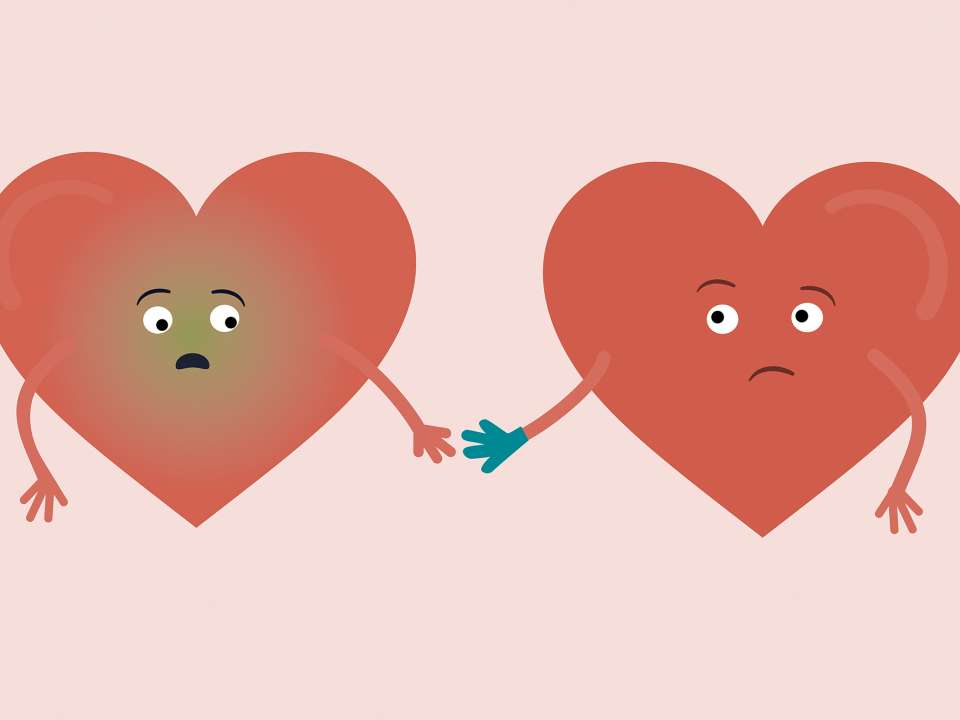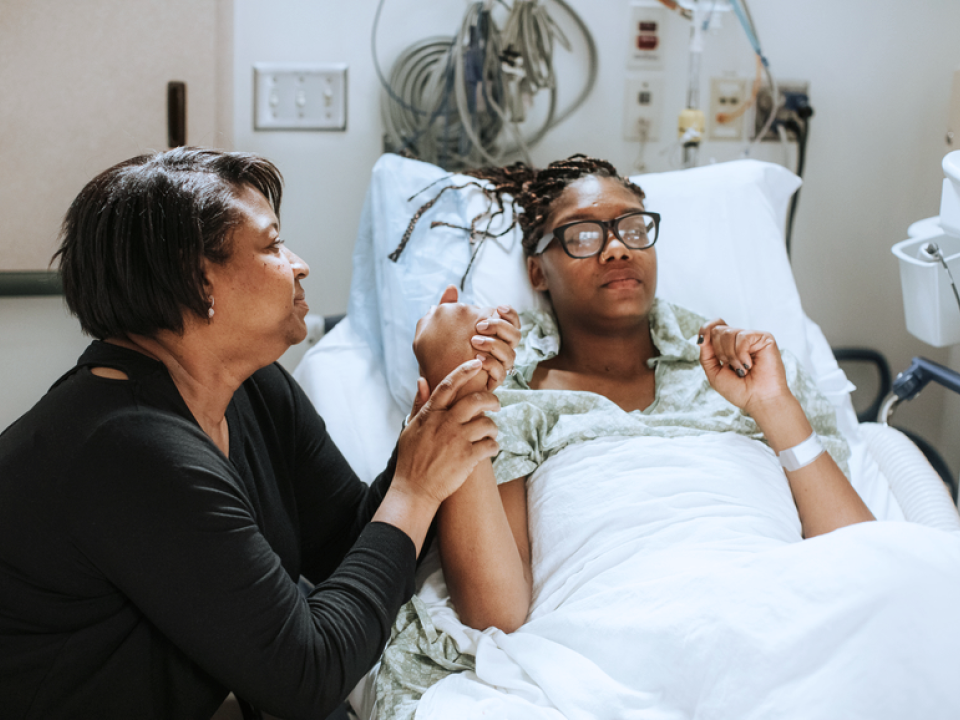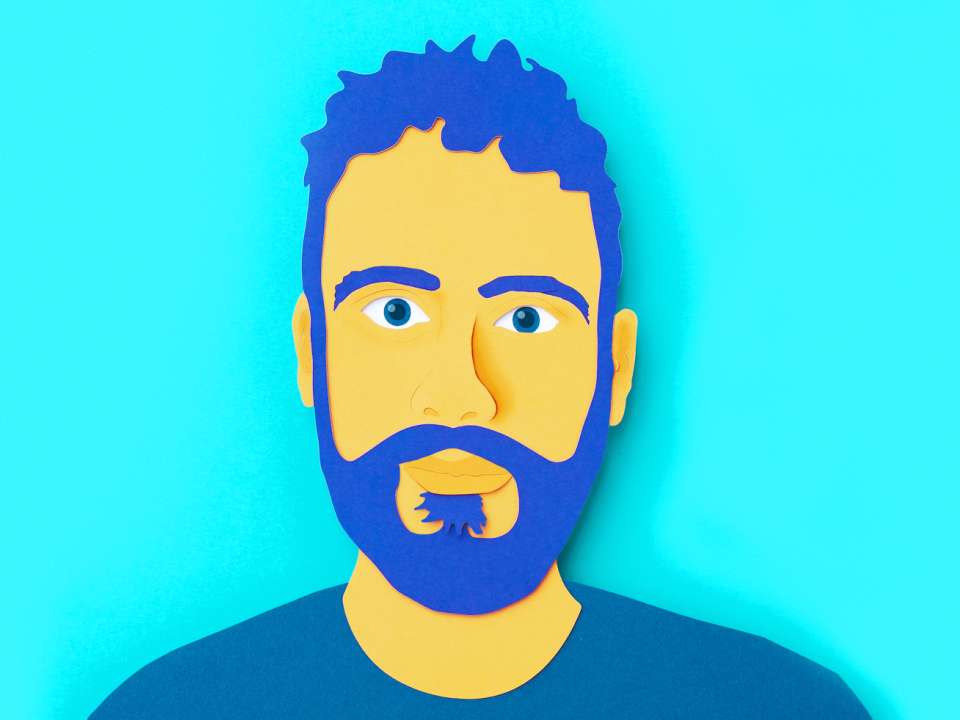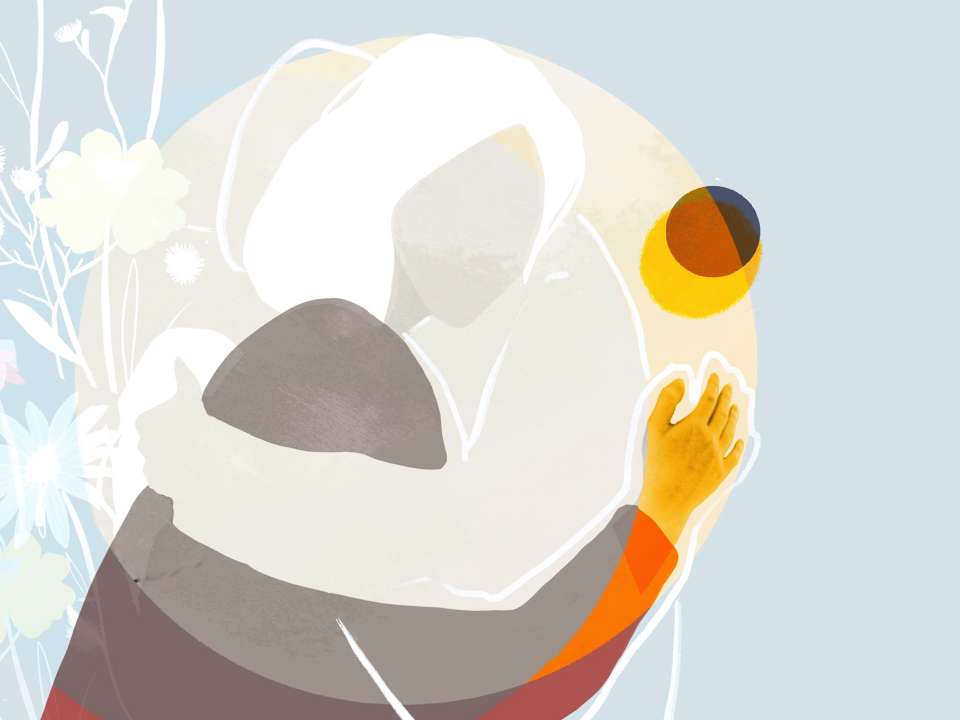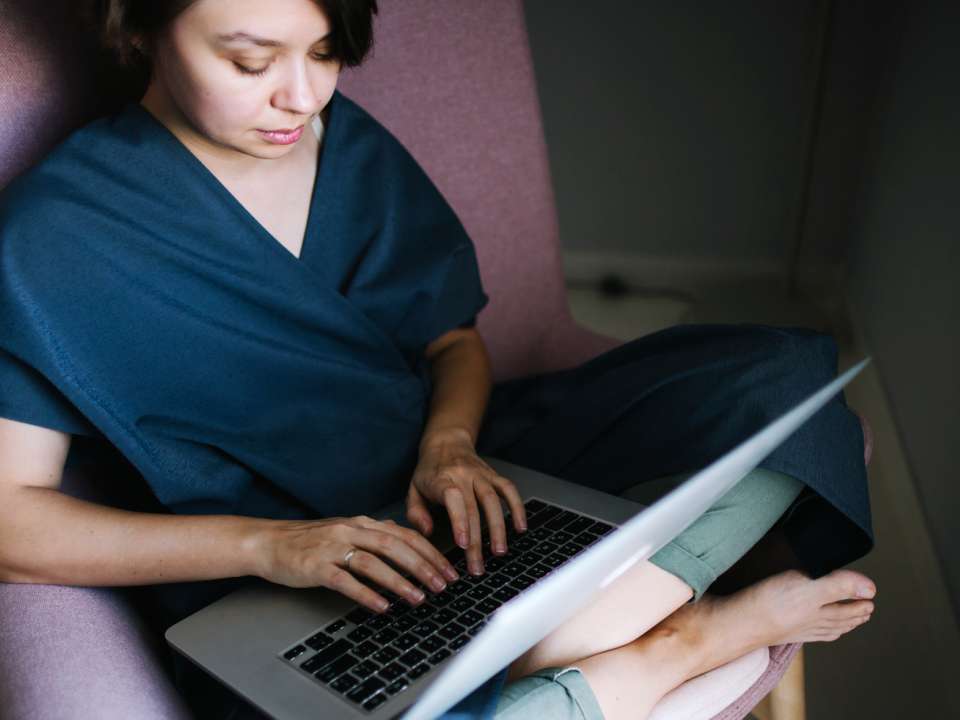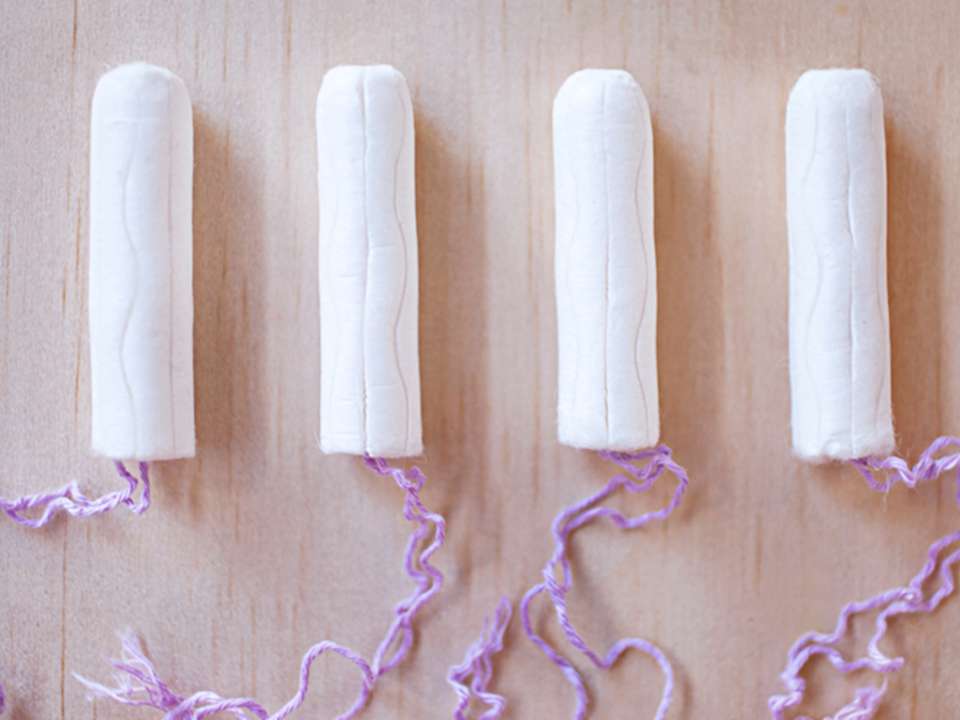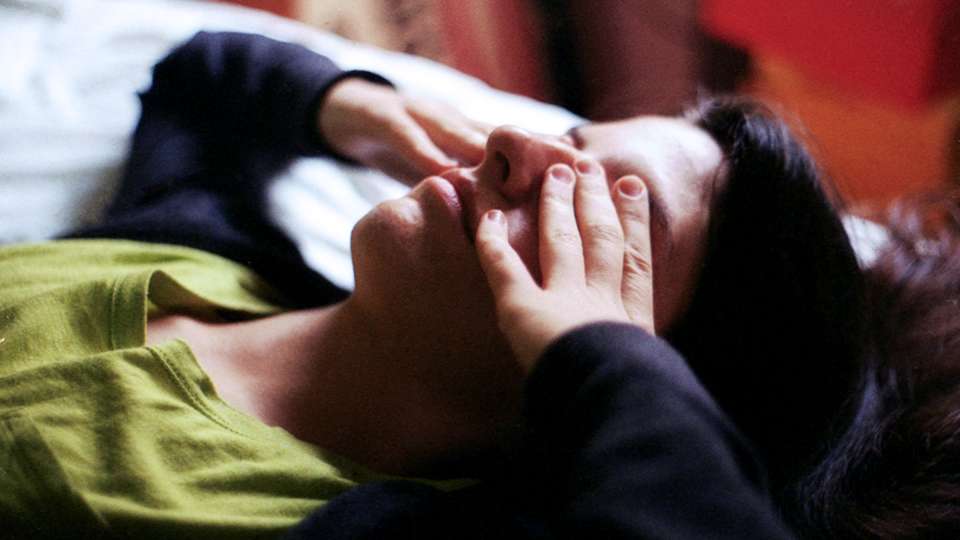
You’re about to apply some eyeliner when you notice something pink and painful protruding from your eyelid.
It’s time to cap the liner and pull out a hot towel: You have a stye.
While annoying, eyelid bumps and styes are often harmless and can be treated at home. If you do have a particularly pesky or worrying bump, try these tips to prevent irritation and soothe pain.
What is a stye?
“A stye is the most common type of eyelid bump,” says Dr. Thellea Leveque, an ophthalmologist who sees patients at the Eye Institute at Harborview Medical Center and the Eye Center at UW Medical Center – Montlake.
Styes are a catch-all category for bumps caused by blocked oil glands in your eyelid or on the eyelid margin, the rim of your eyelid where your eyelashes emerge.
These bumps are similar to pimples and can be superficial and painless or deep, red and painful, Leveque notes. They can also drain fluid and cause inflammation.
Unlike other eyelid bumps, such as cysts, styes tend to develop quickly and cause dry eye symptoms, like light sensitivity and itchiness.
Different types of eyelid bumps that are often lumped in (pun very much intended) to the stye category include hordeolum and chalazion.
A hordeolum is a stye that begins at the base of your eyelash, and an internal hordeolum is one that forms inside your eyelid. Larger, deeper bumps that form further from the edge of your eyelid are called chalazions.
And if you have painless bump, it could be a symptom of eyelid cancer, not a stye, so be sure to check in with your doctor.
What causes styes?
Styes are formed when bacteria that live on your skin get trapped in the glands in your eyelids. When you rub your eyes, you can spread these bacteria and ultimately cause an infection.
“Prolonged screen time, eye rubbing, dry eyes, contaminated makeup and skin type all can contribute to styes,” Leveque says.
For example, a potential contributing factor is a skin condition called rosacea, which is a disease that causes red bumps on your face and eyes.
How do you treat styes?
Most styes and eyelid bumps will go away on their own in a few days to a week, but you have some pain management options in the meantime.
First things first: Avoid touching or squeezing the bump if at all possible as this will cause further irritation and could even spread the infection.
Leveque recommends using a warm moist compress on your eyes for 10 minutes, up to five times per day, which will help any fluid drain naturally.
You can also wash your face with warm water and soap, though you should steer clear of any makeup or scented products until the skin heals. Over-the-counter pain medications like acetaminophens can help reduce swelling and provide pain relief.
When should you see a doctor for a stye?
If a stye persists for longer than a couple weeks, it continues to get bigger or the redness spreads to the rest of your eyelid or eyeball, it’s time for a checkup.
“In general, see your ophthalmologist for any combination of eye redness, light sensitivity, decreased vision or pain,” Leveque says.
Depending on how the stye has developed, your doctor will be able treat it with topical or oral antibiotics, an injection or in some cases by draining the stye. They will also help monitor the bump for more serious conditions, like eyelid cancer.
The good news is that in most cases, styes aren’t serious enough to require these treatments.
Simply leave the stye be, and soon it will be a problem of the past.

 Healthy ideas for your inbox
Healthy ideas for your inbox
